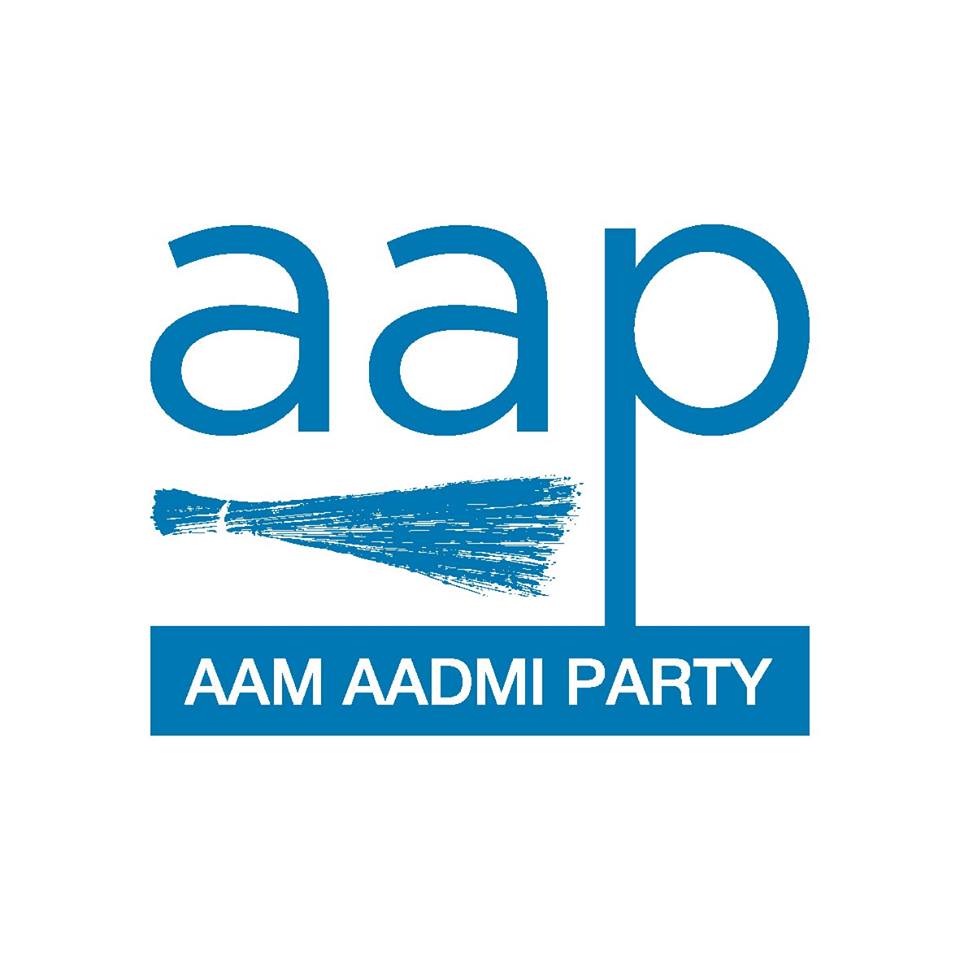In order to prevent waterlogging issues during the monsoon in Delhi, the Kejriwal government is working on a war footing. In this regard, Revenue Minister Ms. Atishi released the “Flood Control Order 2023” for the Flood and Irrigation Control Department and the Public Works Department (PWD) on Thursday. On this occasion, Ms. Atishi shared that this year, 16 control rooms, including the Central Control Room, have been established in the city to constantly monitor flood-prone areas, including the water levels of the Yamuna. She instructed officials to keep the concerned departments on high alert and be prepared to handle emergencies during the monsoons. She emphasized the need for all nodal agencies to work together to prevent issues like waterlogging or floods during this time.
Regarding preparations for potential floods due to the rise in Yamuna water levels in the Khadar areas, she directed officials to check and ensure the readiness of all tools used in relief and rescue operations, and to establish solid arrangements for safely relocating people to secure locations during flood situations.
Ms. Atishi shared that this year, a total of 16 control rooms, including the central control room, have been set up across Delhi to monitor flood-prone areas, including the water levels of the Yamuna, and to alert the relevant agencies when necessary. She instructed officials to keep their teams on alert and prepared to handle emergencies during the monsoon so that the people of Delhi do not face any problems. She ordered that all tools used in relief and rescue operations be checked, and proper arrangements be made to safely relocate people to secure locations in flood situations in the Yamuna Khadar areas. She also emphasized the need for the PWD and other departments to ensure that there is no waterlogging in Delhi during the rainy season. This includes conducting inspections of all permanent pump houses and deploying mobile pumps in waterlogged areas.
Preparations done by the PWD and Flood Control and Irrigation Department
PWD –
-> In Delhi, the PWD has installed 128 pump houses, which have over 700 pumps.
-> 11 pump houses are fully automatic and start operating automatically as the water level rises, using sensors.
-> During the monsoon season, PWD will also deploy its mobile pump units if necessary.
-> The desilting work by the PWD is almost complete and will be repeated after the monsoon season.
-> During the monsoon, PWD’s central control room will monitor the serious waterlogging areas through 24-hour CCTV surveillance.
-> In addition to this, PWD will establish control rooms at 10 other locations.
-> People can register waterlogging-related complaints, for which PWD will issue a helpline number during the monsoon season.
-> PWD has marked 165 areas with waterlogging problems, and preparations are underway to address their needs and tackle waterlogging issues.
Irrigation and Flood Control –
In the national capital, Delhi, under the Irrigation and Flood Control Department, there are a total of 57 drains with a combined length of approximately 382 kilometers. To clean these drains, 53 departmental machines have been deployed. As of June 15, 2023, a total of 786,497 metric tons of desilting work has been completed by the Irrigation and Flood Control Department. Escape Drain No. 1, Biharipur Nala, Band Nala, Relief Drain, Kiradi Suleman Nagar Nala, Pankha Road Nala, and Nasirpur Nala are the major drains in Delhi that tend to create problems during the monsoon. In order to ensure that people do not face any difficulties, the Irrigation and Flood Control Department has undertaken the task of desilting drains, especially under the bridges. Floating debris is being regularly removed from the drains, and bar screens and pumps have been installed at marked locations. The Irrigation and Flood Control Department officials are monitoring the situation to prevent waterlogging issues in these areas.
Additionally, maintenance and upkeep of boats and motorboat engines, repair and maintenance of regulators and gates, and maintenance of pumps and DG sets will be carried out. A 24-hour patrolling will be conducted during floods to ensure the safety and proper functioning of embankments.
What is the Flood Control Order?
The Flood Control Order includes all essential information related to flood control machinery, operational plans, water drainage systems, river embankments, regulators, pumping stations, and other relevant details. It also includes contact numbers for control centres of all nodal agencies and necessary information for active participation, coordination, and collaboration among relevant agencies/departments to effectively deal to tackle the dangers of floods.

